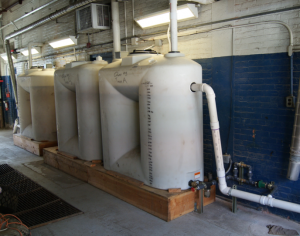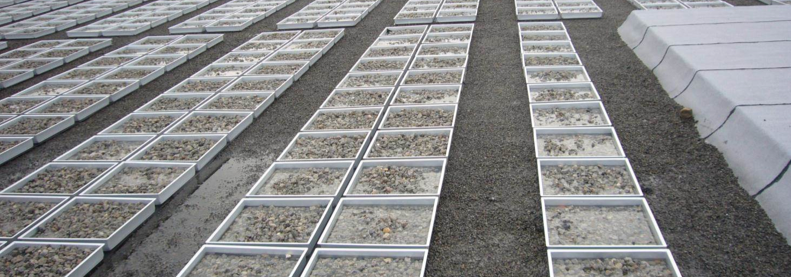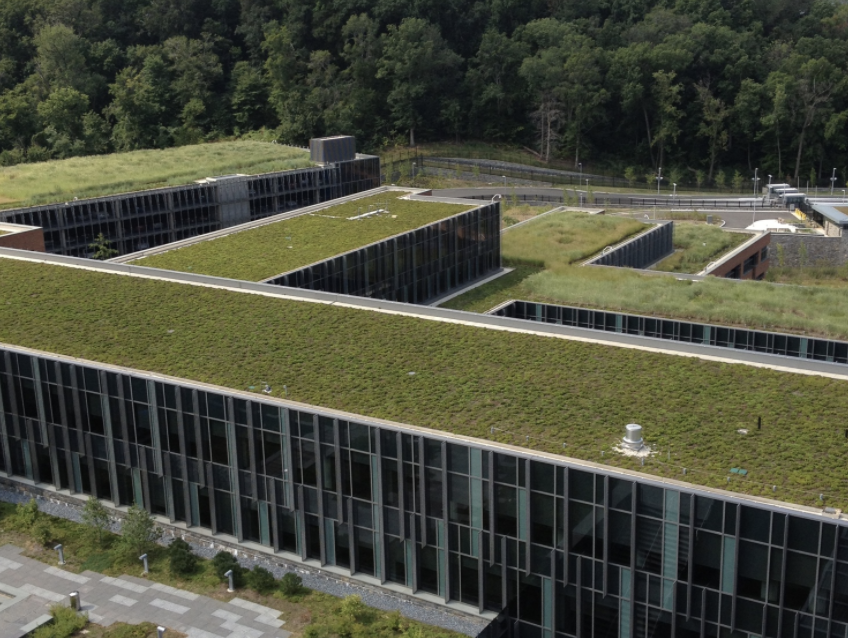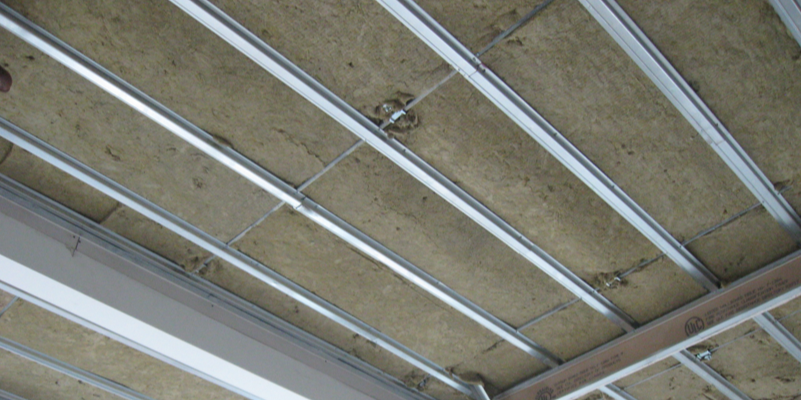PRIVATE-SECTOR MARKET-BASED APPROACH
Currently, green infrastructure related to stormwater management is being constructed and installed by local governments and private-development entities. However, the funding available for incorporation of green infrastructure into capital projects is not available in high enough quantities to adequately address the problems. Public agencies are very inefficient when it comes to identifying and selecting new technologies and procuring services for the design and construction of green infrastructure. They often develop expensive and costly solutions that require large bureaucracies many years of planning, design and construction to achieve the costly results. Some of the costs are transferred to the developer in the form of new regulations.
The development of a market-based approach can provide a more cost-effective mechanism for meeting broader environmental and water-resource-management goals in ways that are not simply targeted at regulatory compliance. A market-based solution could
include a re-examination of roofs as a place to manage stormwater at a much lower cost than public right-of-way projects.
How could this operate? Property owners with roofs could construct stormwater-detention technology, such as blue roofs. (Learn about blue roofs in “Environmental Trends”, March/April issue, page 58, or view it on Roofing‘s website.) Owners would be paid by the stormwater utility for every gallon of stormwater detained during a rain event. The private sector would design, install, operate and own the green infrastructure, and the government would only pay for the performance. This concept is similar to how power-purchase agreements are used by solar companies to generate electricity, which is purchased by the host customer, through rooftop photovoltaic arrays.
Imagine a large, flat-roof owner in a city that is struggling with CSO problems. The building owner could contribute to his or her municipality’s stormwater management by creating a blue roof that detains millions of gallons of stormwater each year. The municipality or utility would enter into an agreement to pay the owner for every gallon of stormwater that is detained during a storm event. The cost to the government would be significantly less than current expenditures to manage the same volume of
stormwater, and ownership, operation and maintenance of the green infrastructure are held by the private sector The government only pays for the stormwater volume managed. The owner obtains a revenue source that is guaranteed for a period of time (usually 20 years at a minimum). The revenue would cover the installation, operation and maintenance, as well as eventually provide a profit, for the building owner.
In fact, market-based solutions for green infrastructure already are occurring. The EPA, Maryland Department of Environment and Prince George’s County announced a $100 million initiative to demonstrate how community-based, public-private partnerships can spur green-infrastructure-driven stormwater controls while creating thousands of local jobs and boosting economic growth. The organizations currently are providing technical and regulatory support for developing and implementing the Prince George’s County Urban Stormwater Retrofit Public-Private Partnership Demonstration Pilot.
The roofing industry should begin the dialogue with municipalities—acting as the agent for large roof owners—to bring this concept of sustainable and multipurpose roofs into the public discussion. The cost of a market-based solution to address urban stormwater management that uses rooftops will be significantly less than the current government approach. In addition, a guaranteed revenue stream at fair-market prices to rooftop owners will ensure the private sector will actively cooperate and install green infrastructure. To manage stormwater in urban areas, we should be looking up to the roofs as part of the solution.
DID YOU KNOW?
The Maine Mall, Portland, Maine,
is charged $3,000 per impervious
acre per year by the Long Creek
Management District. The mall’s
17-acre roof results in a $51,000
stormwater fee each year.
PHOTOS: Geosyntec Consultants






Be the first to comment on "Roofs Are a Potential Solution for Urban Stormwater-management Issues"